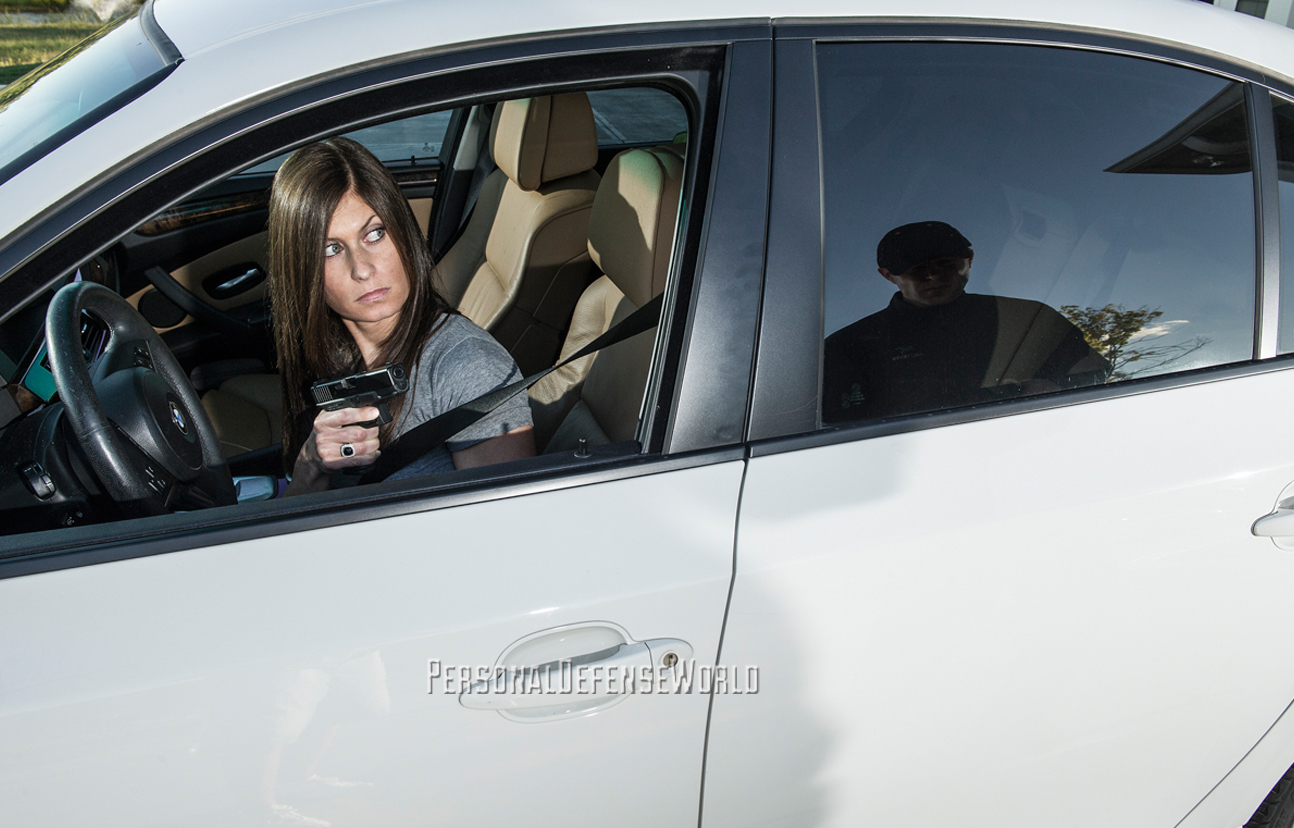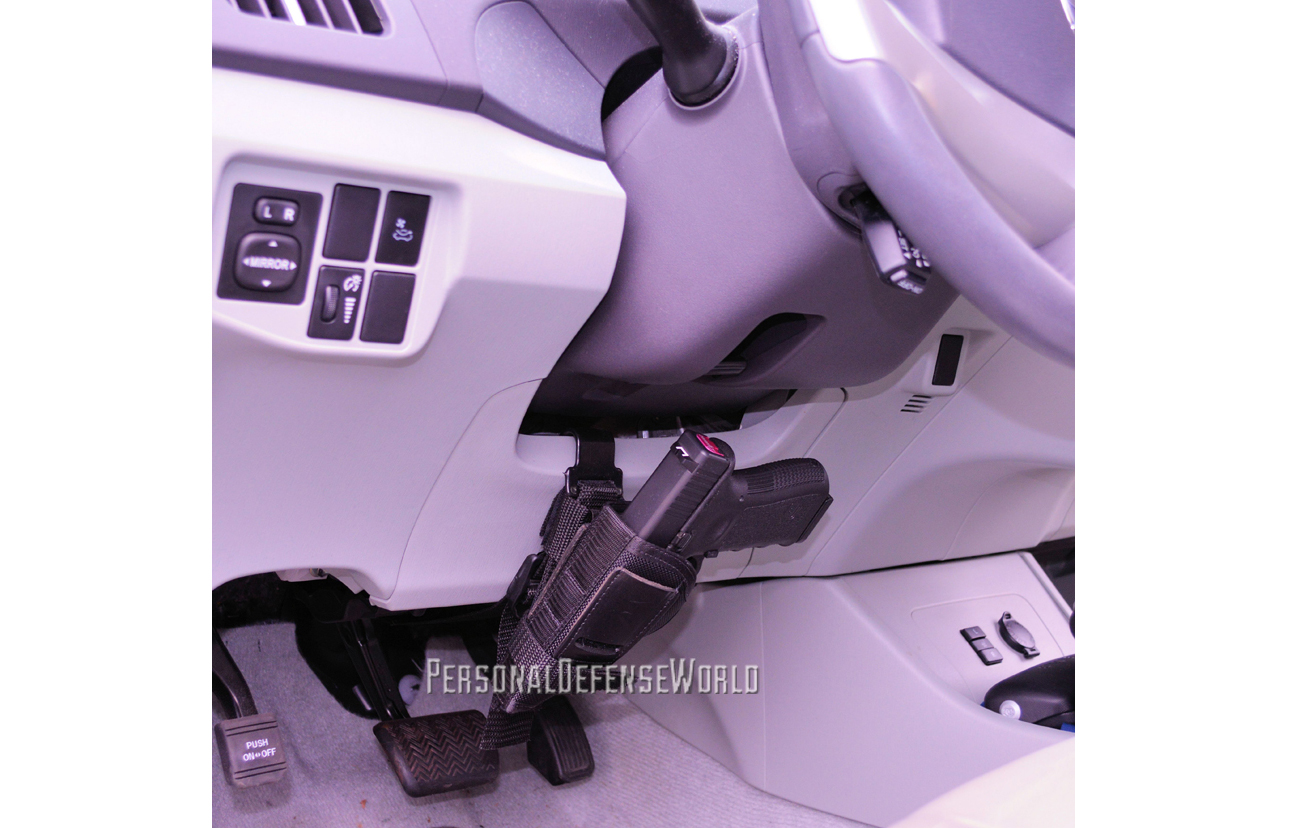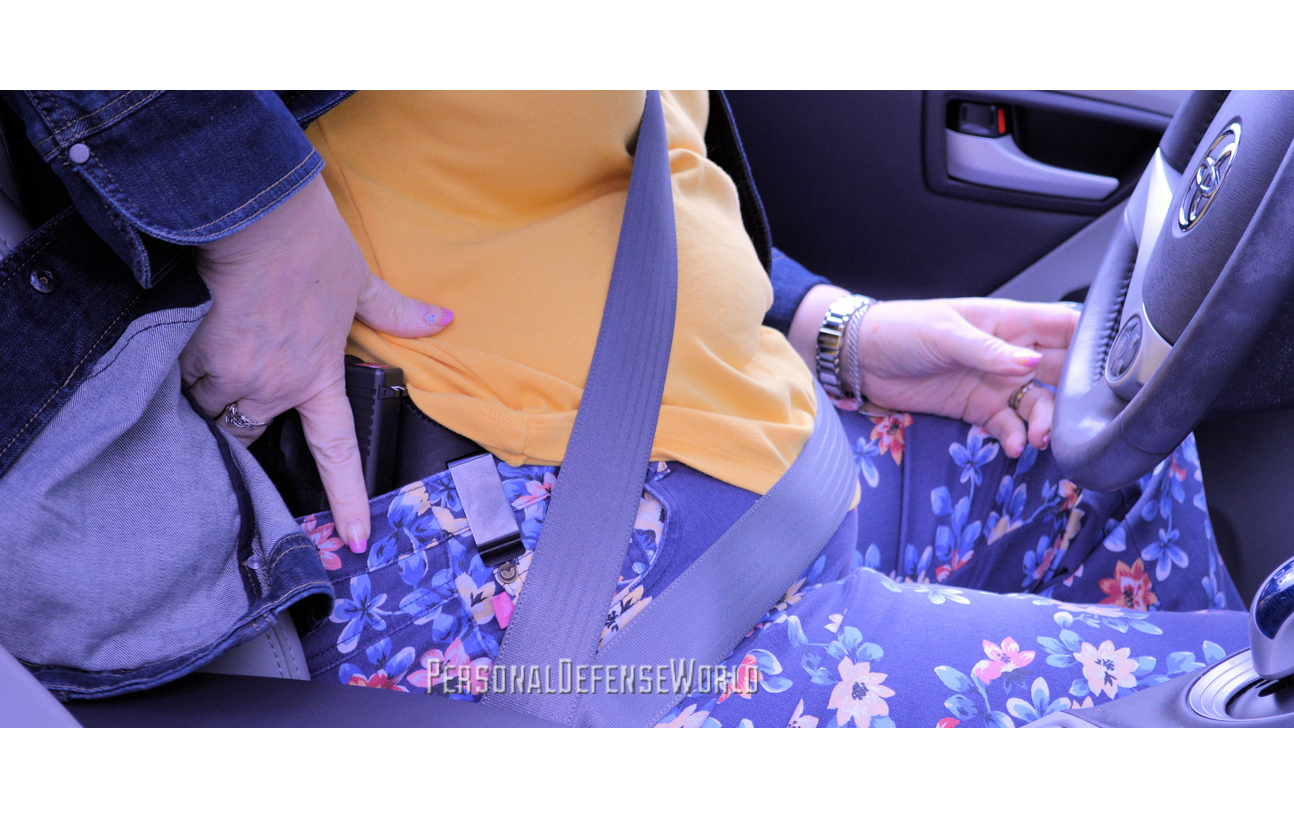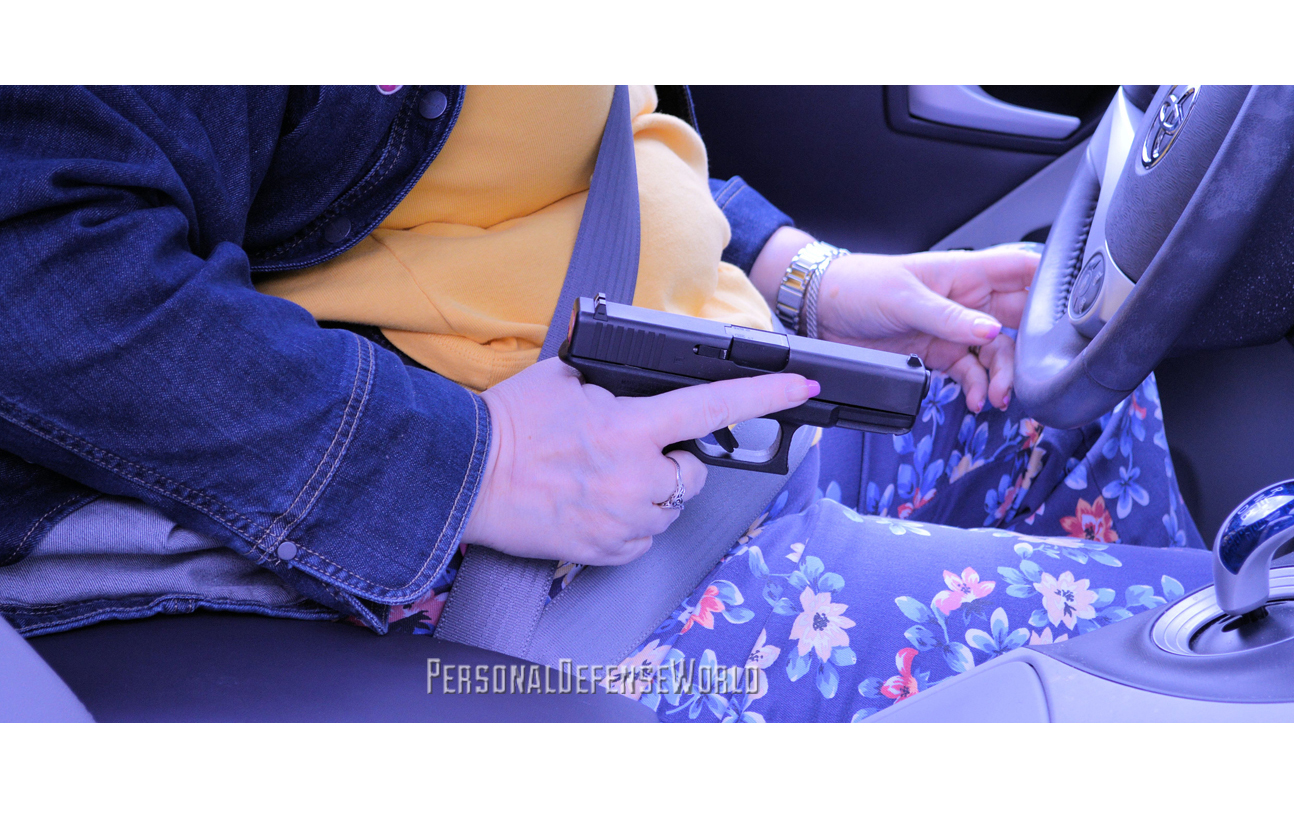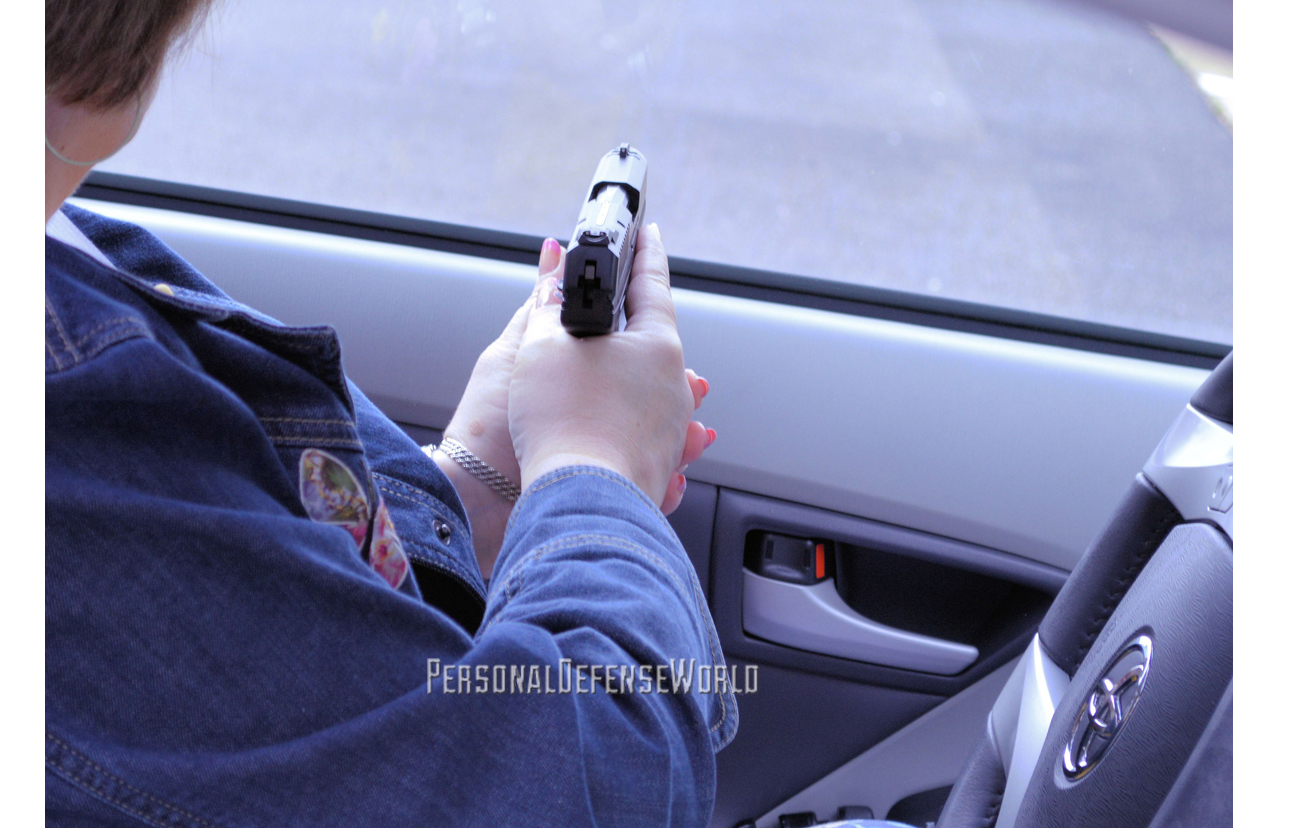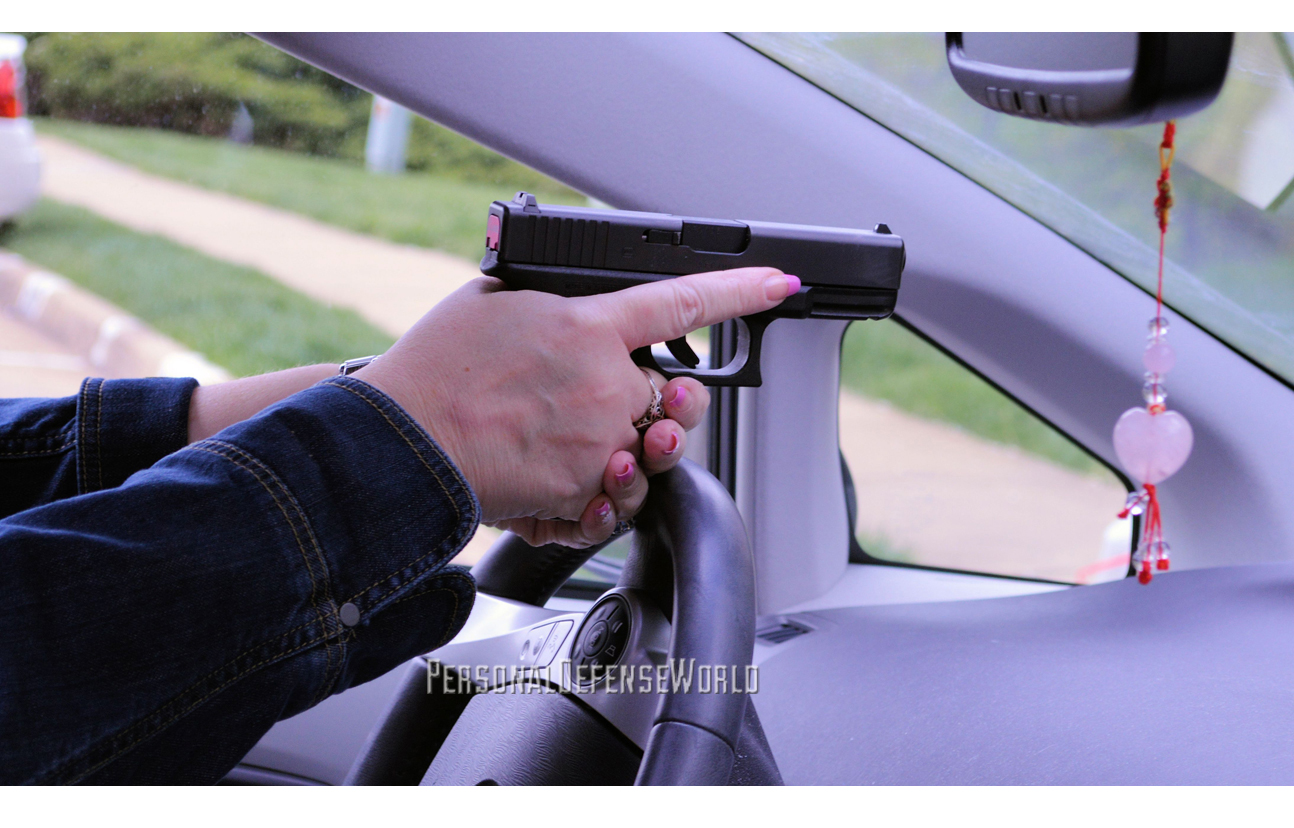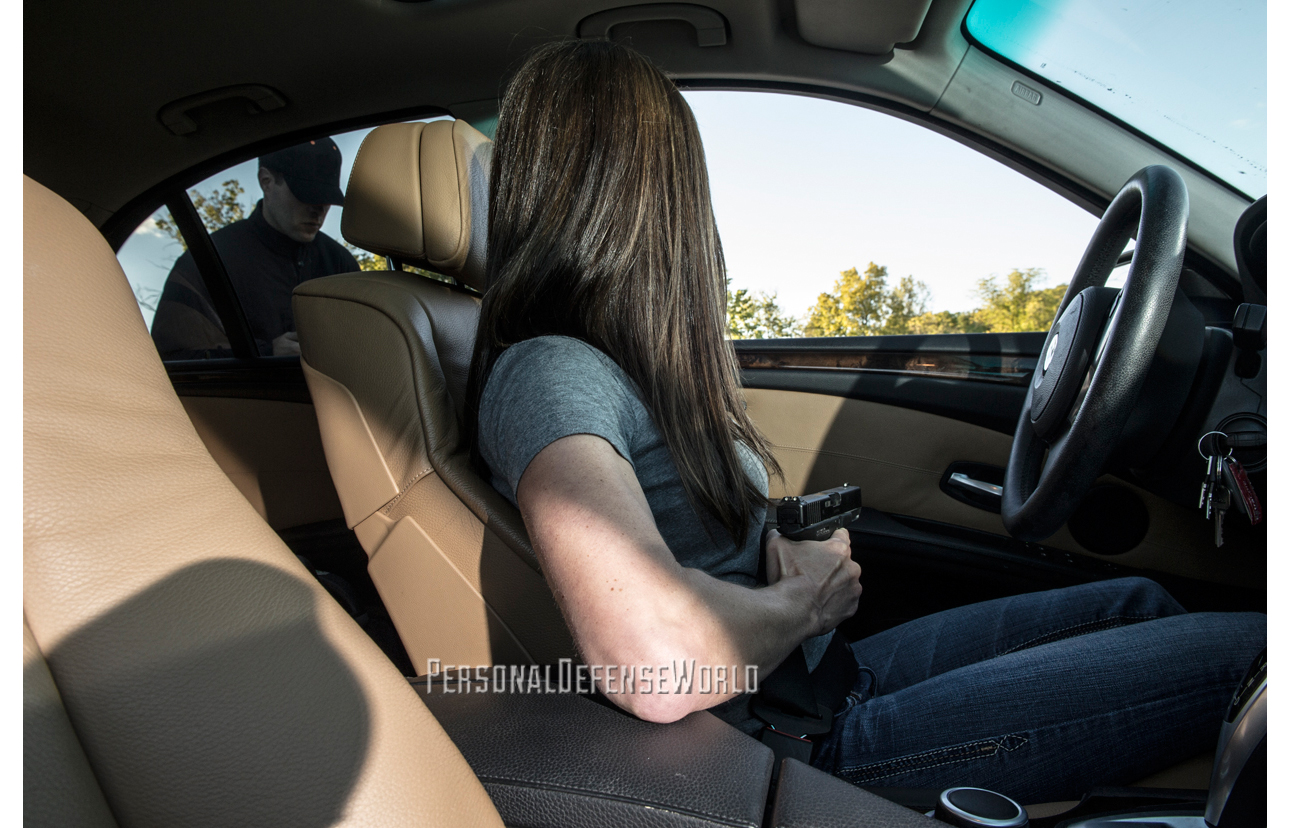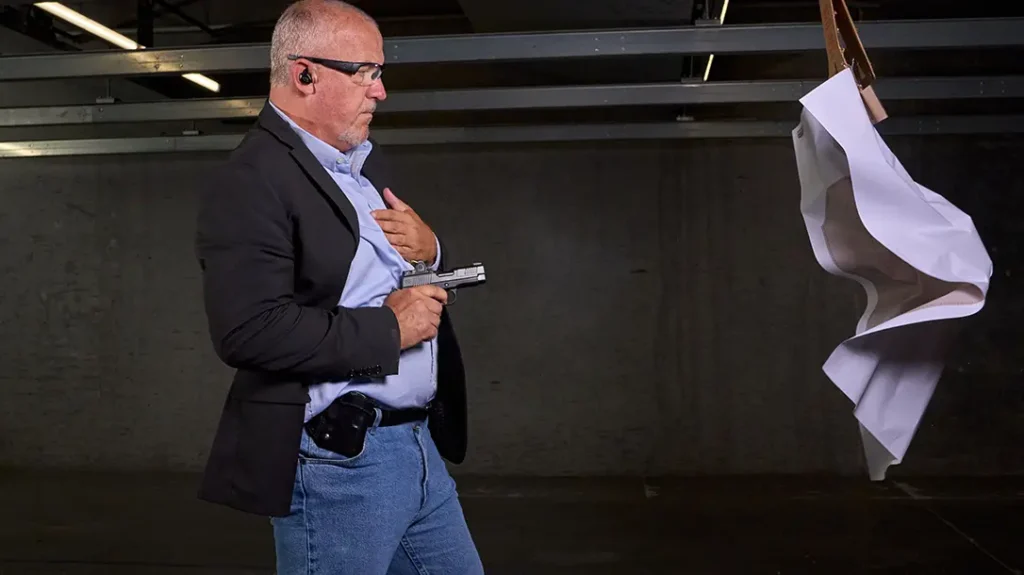Carjackings are very real and very scary. However, you can take steps to minimize your risk.
First, let’s look at your circumstances. Crime statistics tell us that most carjackings occur at intersections, where you’ve come to a stop, or in parking lots, such as at the mall or a grocery store. Statistics also tell us that there are usually two attackers and that they have weapons. No one likes to meekly hand over something that they’ve worked hard for, but remember, your car can be replaced, you can’t. However, everything changes if your child or children are in the car, perhaps sleeping peacefully in the car seat or kicking the back of your seat. They are “precious cargo.” Arguing or pleading for time to get your child safely out of the car isn’t likely to be successful, as the whole point for the carjacker is to catch you off guard, get the car and get away as fast as possible.
Minimizing Risk
Let’s look at ways to minimize your risk. At an intersection, try to avoid being boxed in with nowhere to go. If you are stopped, can you see the rear tires and some pavement behind the car in front of you? If not, you are too close. In a parking lot, keep your keys in your hand and keep all doors except the one you are using locked. Be aware of your surroundings. Are people watching you? Does something feel off? Use your windows as reflective surfaces to help you see what is happening around you. If you have a shopping cart, position it behind you as an improvised barrier that may give you an extra second to respond if something happens. Use your Safety Circle, a 21-foot-diameter zone around you that no one enters without your noticing them. Most people will pass harmlessly through your Safety Circle, but if they enter and come toward you, you want as much notice as possible. Once you are inside your car, lock your doors, keep the windows up and get moving. This is not the time to check text messages or dig into your purse.
Advertisement — Continue Reading Below
For the remainder of this article, we’ll assume that your car is carrying precious cargo or that you have some very serious reason to resist and are willing to exercise your options. Your response will vary with the circumstances. Remember, the attacker is looking for a quick getaway. You can try hitting the gas to drive off, laying on the horn; or, if you feel that your life is in jeopardy, you may opt for an armed response.
Armed Response
Drawing and firing from inside a car presents some challenges. You need to work around your seat belt, and you need to have stashed your carry gun in a concealed yet accessible place. Some opt to keep a holster or pistol sleeve, such as a Remora holster, tucked between the seats or between the seat and center console. Gum Creek makes an adjustable strap that clamps onto the steering column and to which you can attach a simple, single-clip holster that fits your gun. There are also holster straps that fit over the car seat, placing the gun behind your knees, but I found these to be uncomfortable and difficult to access.
If you opt not to un-holster and stow your gun, be aware of coats or outer garments that will inhibit your access. I like to push my jacket outside my seatbelt, lift my shirt and tuck it in behind my gun, leaving it more exposed. I can easily pull the shirt down before I exit the car. The three easiest carry positions for inside the vehicle are right hip (if your navel is 12 o’clock, about the 3 o’clock to 3:30 position); cross draw, or left-side, appendix position; or a shoulder or bra carry. Whether one is more suitable than the others depends on your attire and your firearm. For right hip carry, I really like the Ava from Looper Law Enforcement, a low-cut leather and kydex hybrid with a comfortable suede backing. For cross draw, I use Pro Carry’s Heavy Duty Leather holster.
Advertisement — Continue Reading Below
Remember, you must position your gun so that you can get to it with the seatbelt on. You need to practice your draw so as not to get hung up on the seatbelt. This can be tricky, and I strongly encourage you to practice with a blue gun or an unloaded (and triple-checked) firearm. Be prepared to shoot one-handed, quite possibly across your body, with your arm bent. This isn’t really something you can practice at most ranges. Be aware of where you left hand and arm are so they are NOT in the line of fire. If you are left handed, practice one-handed shooting with your right hand, as with your right you will have more clearance. Remember, once you have committed to drawing your firearm, you are committed to the fight. You can’t backtrack at that point.
Shooting Through Glass
Can you safely shoot through automobile glass? Yes. Most modern auto-glass will shatter but not fall to pieces due to a thin film that’s sandwiched between the layers of safety glass. If it does shatter, it tends to have dull edges, unlike a
beverage glass, so it is less likely to cause you injury. Side windows offer negligible distortion of the trajectory at close range.
When shooting inside a vehicle, be prepared for near-ear-drum-shattering levels of noise. Indeed, the sound concussion may cause lasting ear damage. Firing through an enclosed cabin is a last resort.
Advertisement — Continue Reading Below
Can you shoot through the door? Surprisingly, yes. Hollywood fiction aside, a car door is unlikely to stop a bullet. It may slow it down, but the bullet will, most likely, penetrate the door and keep going. The body that is behind the door is more difficult to judge, you are better off aiming through the window at what you can see, but if you have no other choice, shooting through the door can be effective. You can also shoot through the windshield. If you had to shoot at a distance, you would have to adjust your aim for the angle of the windshield; however, if the thief is farther away than the end of the hood of your car, why are you shooting? You probably have better options at that point, like getting away. Make sure that you are using adequate carry ammunition—modern, heavy, bonded hollow-points, 124 grains or higher.
Your best defense is situational awareness. Don’t let a stranger into your safety circle (the 21-foot radius, about two car lengths, surrounding you) without your noticing them and tracking to see if they are passing by or have evil intent. You can challenge someone who comes too close; don’t worry about being polite. You are being SAFE! Twenty-one feet gives you approximately two seconds to identify a threat and react. That isn’t very much time, but it is better than being caught completely unaware.
BUY NOW! www.personaldefenseworld.com/subscribe/combat-handguns.
Advertisement — Continue Reading Below
